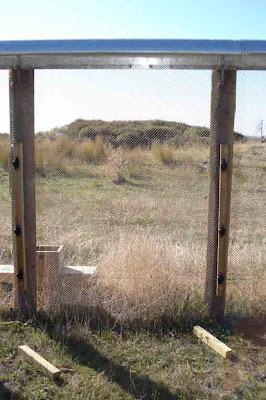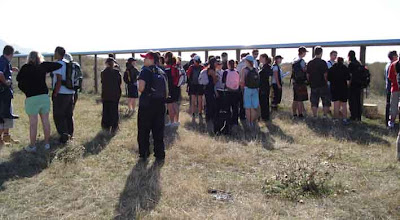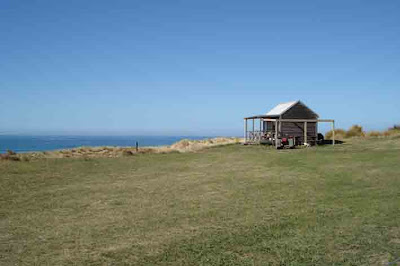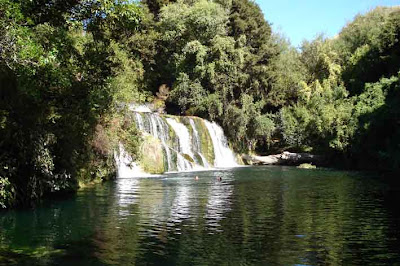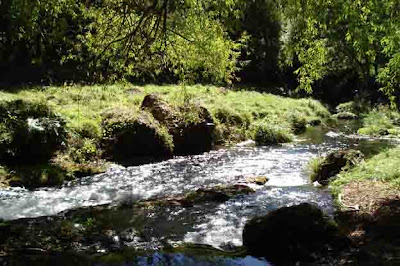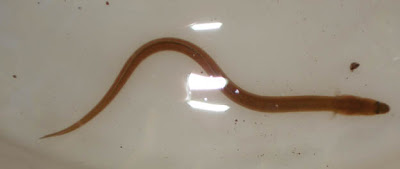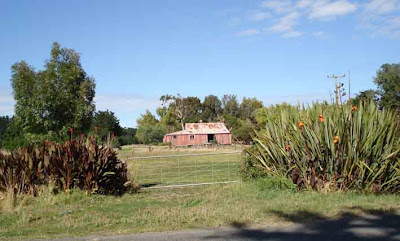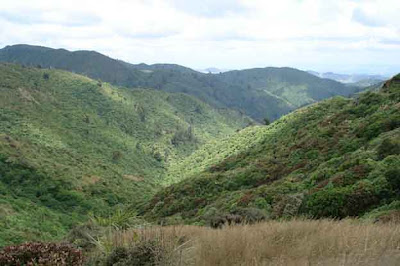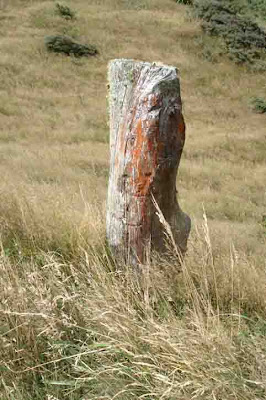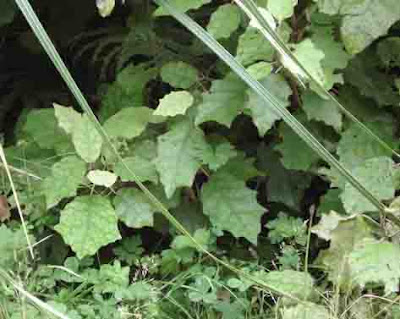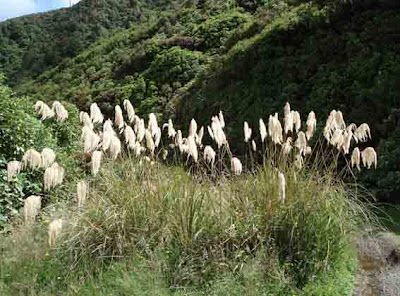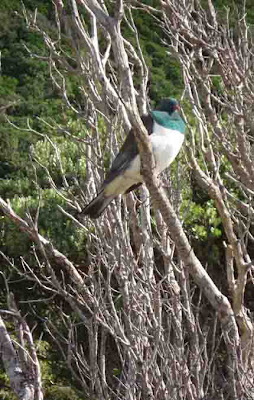 The sign says it all. Kapiti Island has had foreign predators such as stoats, ferrets, possums etc removed. The forest is rejuvenating and the bird life is booming.
The sign says it all. Kapiti Island has had foreign predators such as stoats, ferrets, possums etc removed. The forest is rejuvenating and the bird life is booming. 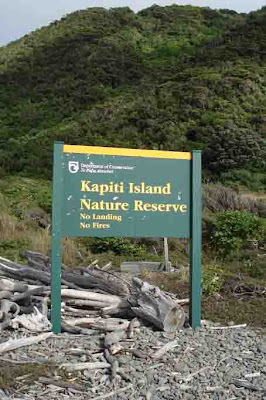 Three kaka came to explore as our group was having a talk with a guide. 30 people, food they thought. Right over my head, photo I thought.
Three kaka came to explore as our group was having a talk with a guide. 30 people, food they thought. Right over my head, photo I thought.  A total revelation to me was the Kohekohe tree (NZ mahogany). The "seeds" on it are growing out of the trunk itself, and flower with white flowers in winter. Significantly, I had never seen these buds before. They are apparently beloved of possums, and it is only since the removal of possums from Kapiti Island that they have come into prominence. In winter you can come to Kapiti and see a mass of white flowers on these trees, and they provide a wonderful winter food source.
A total revelation to me was the Kohekohe tree (NZ mahogany). The "seeds" on it are growing out of the trunk itself, and flower with white flowers in winter. Significantly, I had never seen these buds before. They are apparently beloved of possums, and it is only since the removal of possums from Kapiti Island that they have come into prominence. In winter you can come to Kapiti and see a mass of white flowers on these trees, and they provide a wonderful winter food source. 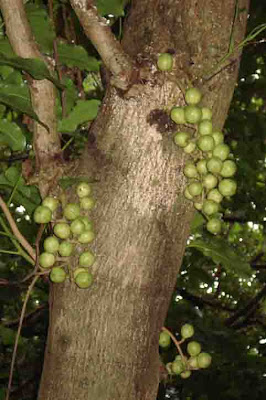 There were numerous weka on the ground.
There were numerous weka on the ground. 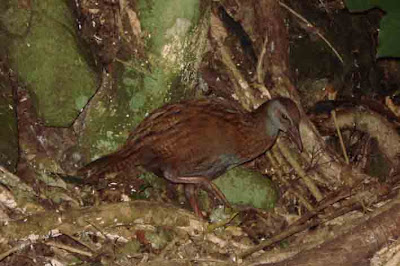 And I even saw this kereru looking for bugs etc in the grass. I was able to approach even closer than this to take a photo. With the removal of predators, some birds have become quite comfortable at seeking food on the ground.
And I even saw this kereru looking for bugs etc in the grass. I was able to approach even closer than this to take a photo. With the removal of predators, some birds have become quite comfortable at seeking food on the ground. 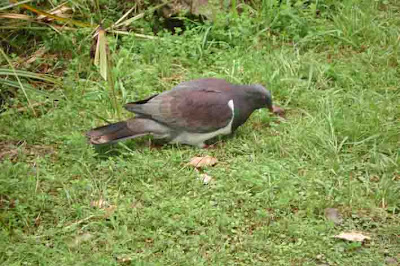 Fortunately the sea was still reasonably calm for our departure. Here we are boarding the boat as we leave from Kapiti.
Fortunately the sea was still reasonably calm for our departure. Here we are boarding the boat as we leave from Kapiti. 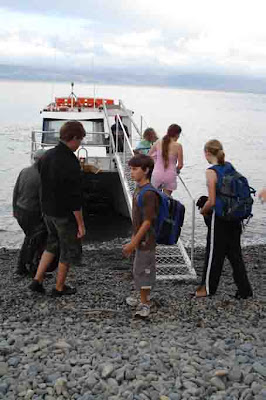 They run a highly practised manoeuvre, getting the boat in and out of the water. A specially raised tractor was waiting with the trailer for us in the waves back on the mainland. And as we disembarked on the sand, another group looked ready to board. Presumably they were going to stay at the lodge and go out kiwi spotting at night. Hmmm, something for another time. It would be a good 50th birthday activity in a few months time.... if only the weather could be guaranteed to cooperate!
They run a highly practised manoeuvre, getting the boat in and out of the water. A specially raised tractor was waiting with the trailer for us in the waves back on the mainland. And as we disembarked on the sand, another group looked ready to board. Presumably they were going to stay at the lodge and go out kiwi spotting at night. Hmmm, something for another time. It would be a good 50th birthday activity in a few months time.... if only the weather could be guaranteed to cooperate!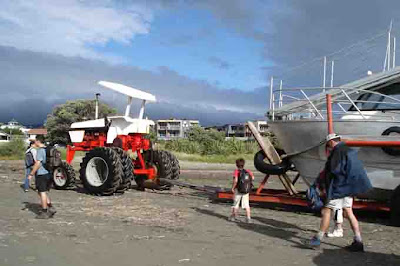
POSTSCRIPT:
How timely the Kapiti trip has turned out to be in terms of my Massey NZ fauna paper. We looked at some efforts at mainland ecosystem rehabilitation / restoration during our field trip last weekend. I had organised this trip to Kapiti Island some time back. But I have just discovered that the latest section in my study guide is all about ecosystem rehabilitation and restoration, as well as species re-introductions. And I had all that practical experience yesterday on Kapiti Island!
PS2: I have put a couple more photos from the trip on my photo blog (though two favourites are repeated from here.)





